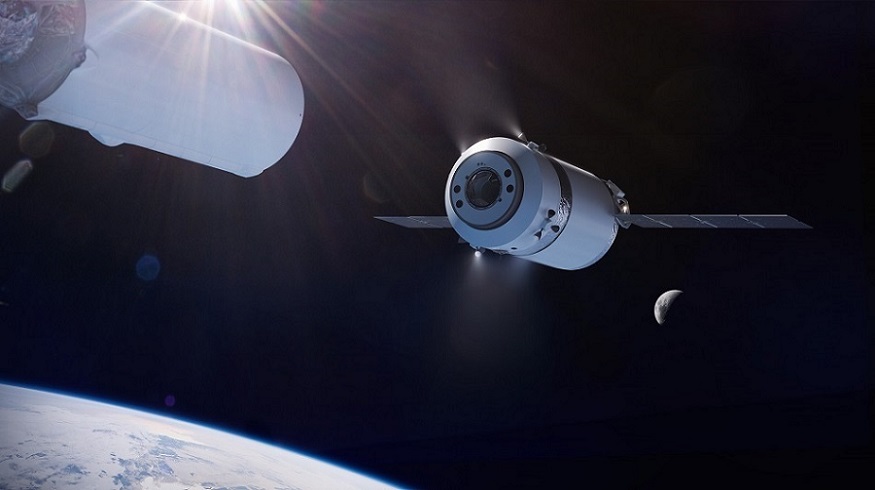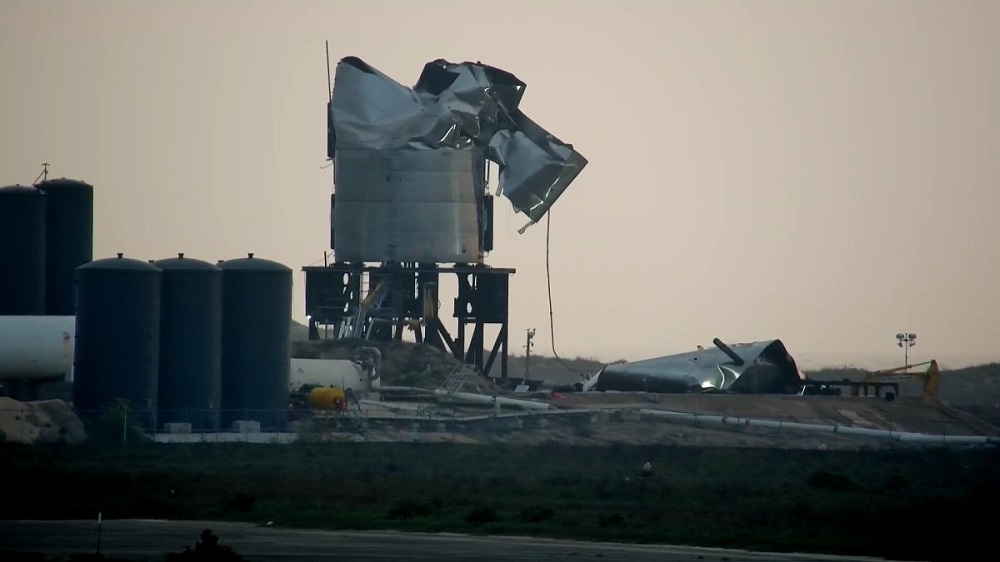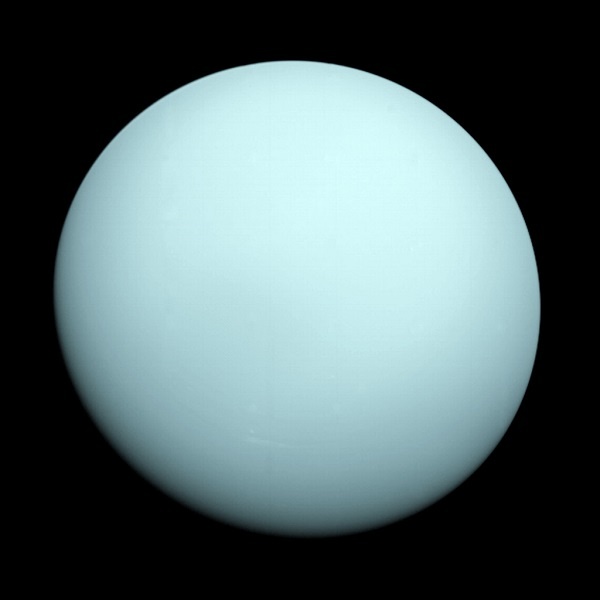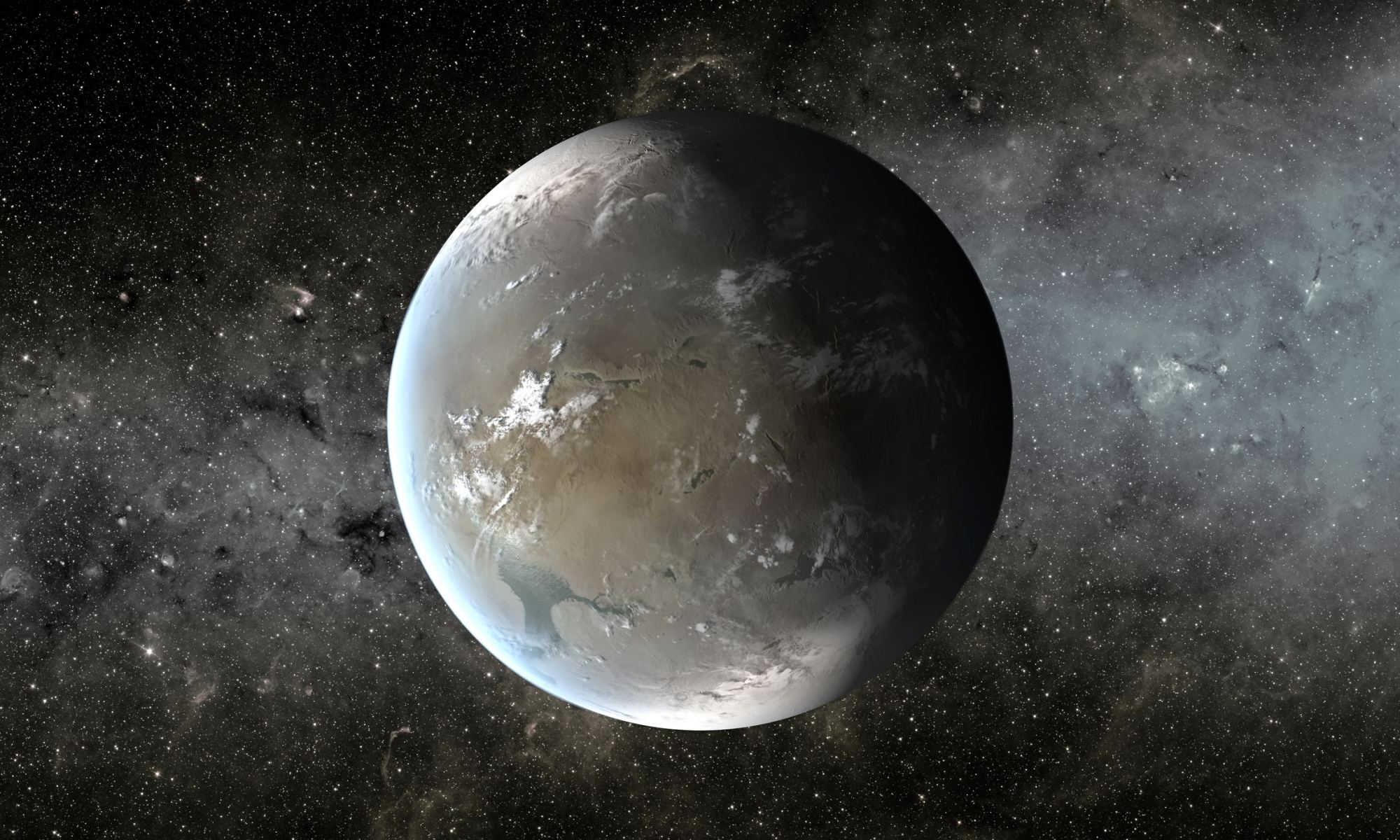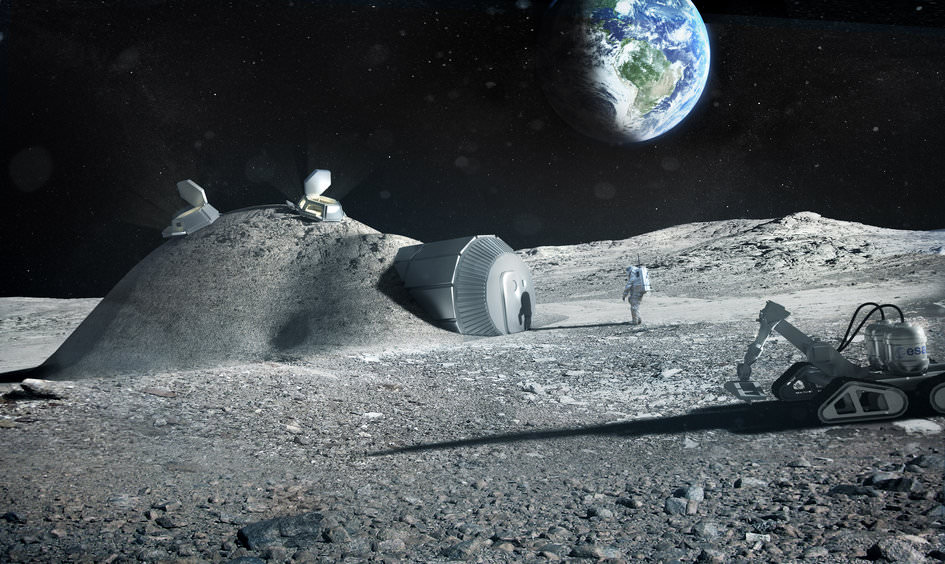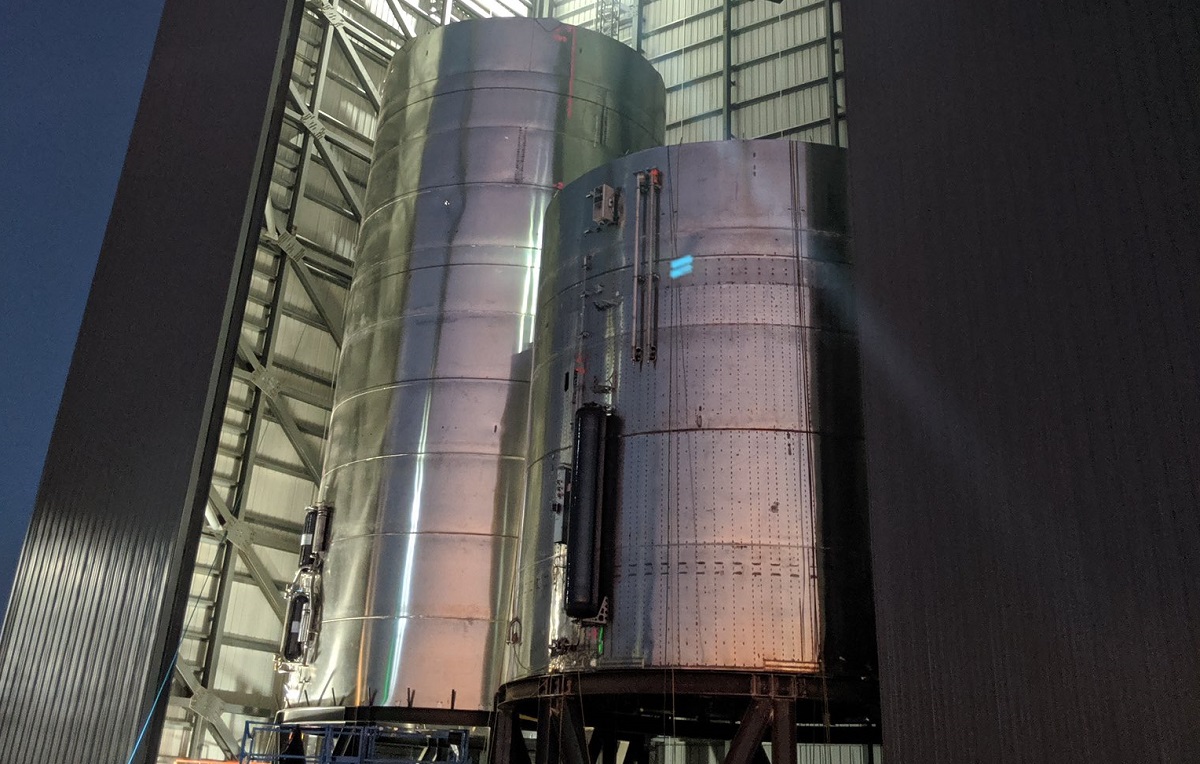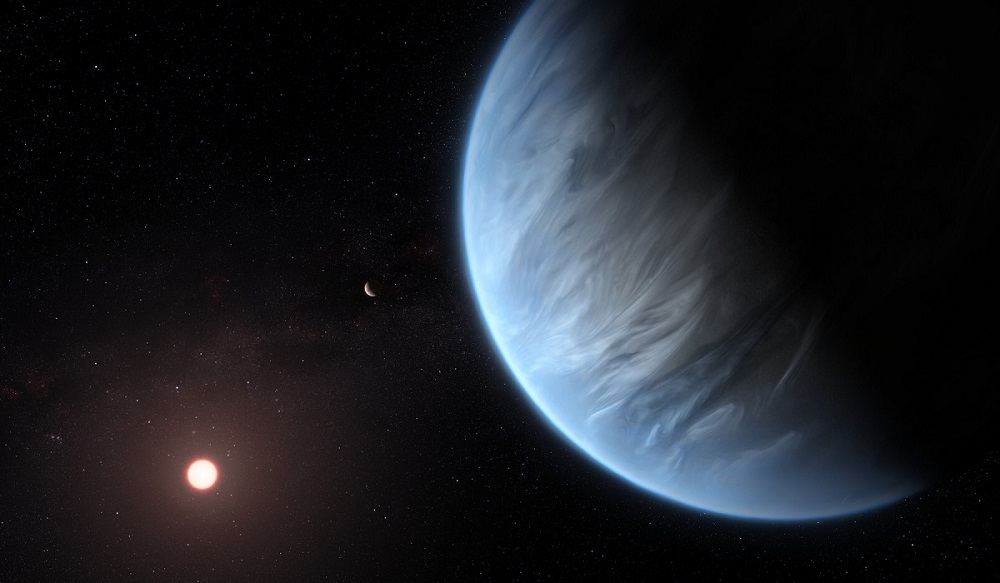In the coming years, NASA plans to return astronauts to the Moon as part of Project Artemis. However, the long-term goal is to establish a sustainable program for lunar exploration, as well as a permanent human presence on the Moon. A key aspect of this plan is the Lunar Gateway, an orbiting habitat that will allow for long-duration missions to the lunar surface (and eventually to Mars.)
To realize this goal, NASA is moving ahead with the development of the Space Launch System (SLS) and Orion spacecraft. The agency also recently announced that it has awarded its first contract to SpaceX as part of the Gateway Logistics Services (GLS) program. As per this agreement, SpaceX will be tasked with delivering cargo, experiments, and other supplies to the agency’s Lunar Gateway once it is deployed in orbit of the Moon.
Continue reading “SpaceX Will be Flying Cargo to the Moon”
